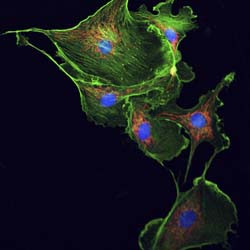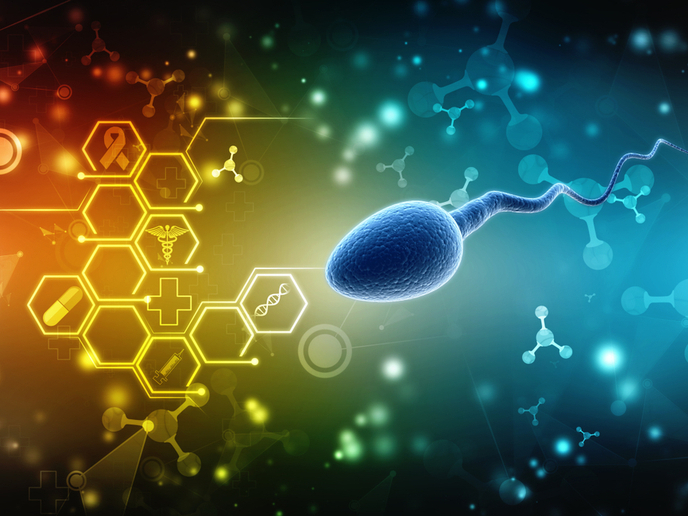Regulation of cell architecture
Like buildings, cells possess an internal architecture that helps maintain their shape and facilitates movement. This assembly of protein filaments is collectively known as the cellular cytoskeleton, which also serves as the rails for cell organelle movement. One of the key regulators of the cellular cytoskeleton is the protein Cdc42, a member of the so called RhoGTPase family of proteins. Cdc42 exists in two isoforms, one is ubiquitously expressed, and the brain isoform is restricted to brain tissue cells. The latter though less studied is believed to be central for neural precursor cells to reach their proper destination in the developing brain. To characterise the functional differences between the two Cdc42 isoforms, scientists on the EU-funded CDC42 AND GLIOMA (Specific functions of individual Cdc42 and polarity protein variants in cellular processes and glioblastoma progression) project set out to describe the role of the brain isoform in neuronal tissue. Recent evidence suggests that Cdc42 is implicated in brain tumours. The consortium wished to understand how alterations in Cdc42 change the behaviour of cells and turn them into tumour cells. In this context, researchers depleted the two Cdc42 variants from astrocytes and neural precursor cells. They observed that only the ubiquitously expressed isoform was required for astrocyte directed migration. The brain isoform was implicated in endocytosis in these cells. In neural precursors, this specific function of the brain isoform was crucial for their migration in response to a chemoattractant, suggesting that alteration of Cdc42 expression in gliomas may be involved in their abnormal migratory behavior. These functional disparities were attributed to molecular and regulatory differences between these two protein variants. Collectively, the CDC42 AND GLIOMA work sheds light into the molecular mechanisms that drive cellular locomotion in brain tissue cells. Whether during development, before cells differentiate into mature neurons, or during tumour invasion, cell movement is a fundamental process implicated in both health and disease. Thus the generated information has medical implications, contributing to a better understanding of metastatic cancer.







